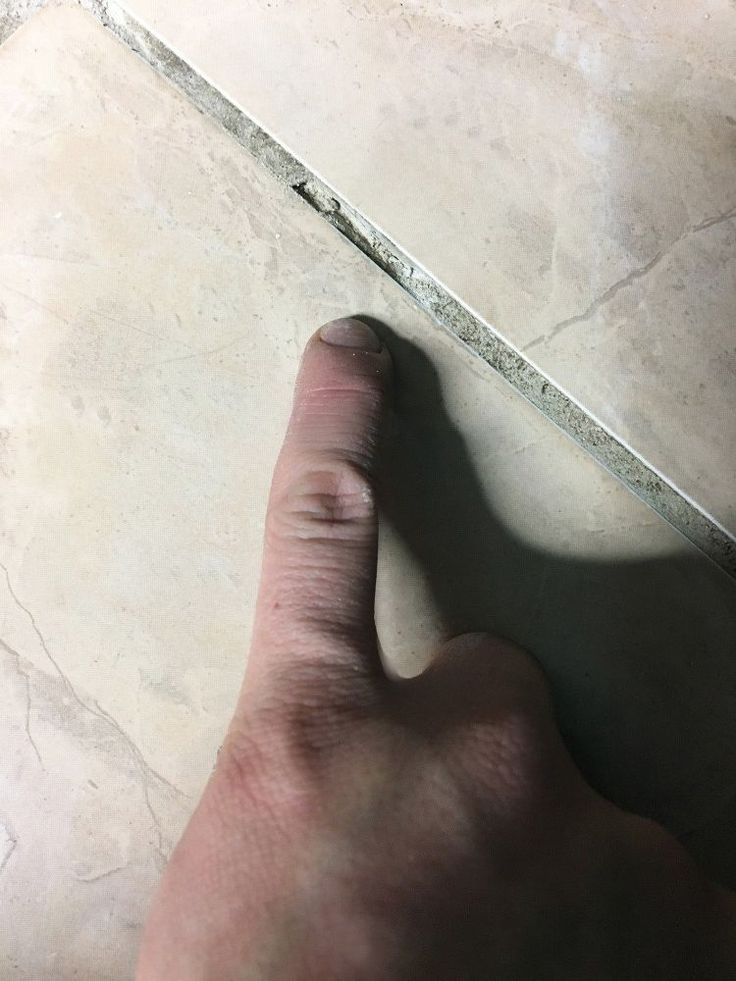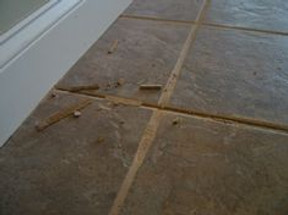Posted by Kara Jacobson on Oct 9th 2018
Why My Grout is Coming Up or Cracking

We get a lot of questions from customers coming into our store, but a common one we get asked is why their grout is cracking or coming up. Unfortunately, there's usually a bigger problem that lies beneath this issue.
Most of the time, it's improper installation and sometimes hard to pinpoint because there are several different reasons why this is happening to your grout. Usually, it is movement in the tile.
If you're tile job is fairly new within the last 30 days, your grout is probably still curing and therefore it's not cracking or coming up but rather shrinking. This issue is most likely that your grout lines are too big (more than 1/8") and not enough grout was used or the the grout was incorrectly mixed. Mixing up some more grout and throwing it on top of what's there might seem like a viable solution, but it's not. New grout will not stick to old grout and you are only providing a temporary fix or bandaid to the issue, it will not make what's causing the problem in the first place go away and you'll most likely encounter the problem again down the road. So we recommend fixing in properly to begin with.
What if your tile is several years old and the grout is starting to crack, there are several reasons for this.....the thinset could not have been properly installed. After a while, the tile starts to move and the grout begins to crack. In this case, you may need to remove the tile and properly re-install.
Or there could be an even bigger issue, the subfloor is moving. If thinset was not used under the backerboard on the subfloor, your tile will continue to move and cause addtional cracking. We've talked about the importance of proper installation and using thinset on the subfloor before. Thinset is used to fill in any voids between the backerboard and subfloor and therefore keep the tile from moving. Unfortunately, you may be picking out new tile if this is the case.
There are several other reasons why this could happen, settling of foundations, not enough expansion space at the wall, but the most important advice we can give to try to figure out what the root of the issue is and get an experienced contractor in to fix it properly.

